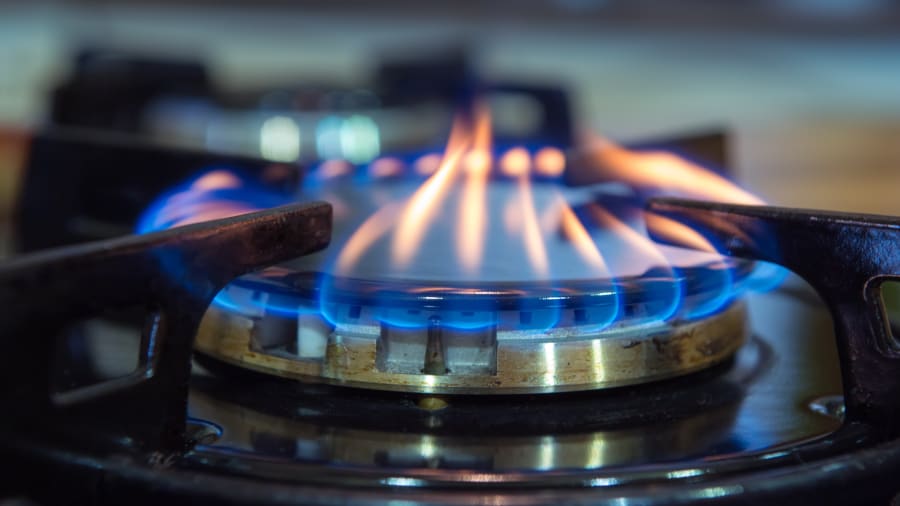Gas or electric? Given the choice, many professional chefs and home cooks choose gas cooktops. But that choice could come with some health risks. New research from Consumer Reports reveals that gas ranges can have a big downside.
Yes, gas stoves are instantly satisfying: With just a switch of a knob, you get heat, and you see a flame. But what you can’t see might actually harm you.
Consumer Reports just conducted a series of emissions tests on gas ranges and found levels of nitrogen oxides at more than double the standard for outdoor air set by the Environmental Protection Agency.
“Nitrogen oxides are pollutants more typically associated with outdoor sources like power plants and cars and trucks. But new studies suggest that gas ranges can actually produce these emissions inside your home,” warned Consumer Reports Home Editor Paul Hope.
CONSUMER REPORTS: Is your gas range a health risk?
The gasses can worsen asthma and other lung diseases and may increase the risk of asthma in children.

“These gases are more potent with respect to acute toxicity and are more likely to cause problems even in the short time frame that people typically take while preparing a meal,” Hope said.
So, what can you do if you own a gas range? Consumer Reports says to provide as much ventilation as possible:
- A range hood is your best bet, and you should turn it on every time you’re cooking.
- If you don’t have a range hood, open the windows and doors, and use a fan to help the gasses dissipate.
“If you’re shopping for a new range, you definitely want to consider an electric or ideally induction,” said Hope. “These aren’t the electric ranges you remember, and many pro chefs are even using induction models; twice as efficient as gas ranges without any of the harmful emissions.”
The Frigidaire Gallery GCRI3058AF Range for $1,160 costs thousands less than other recommended induction ranges in Consumer Reports’ tests. It offers excellent cooktop performance and is also very good for baking.



